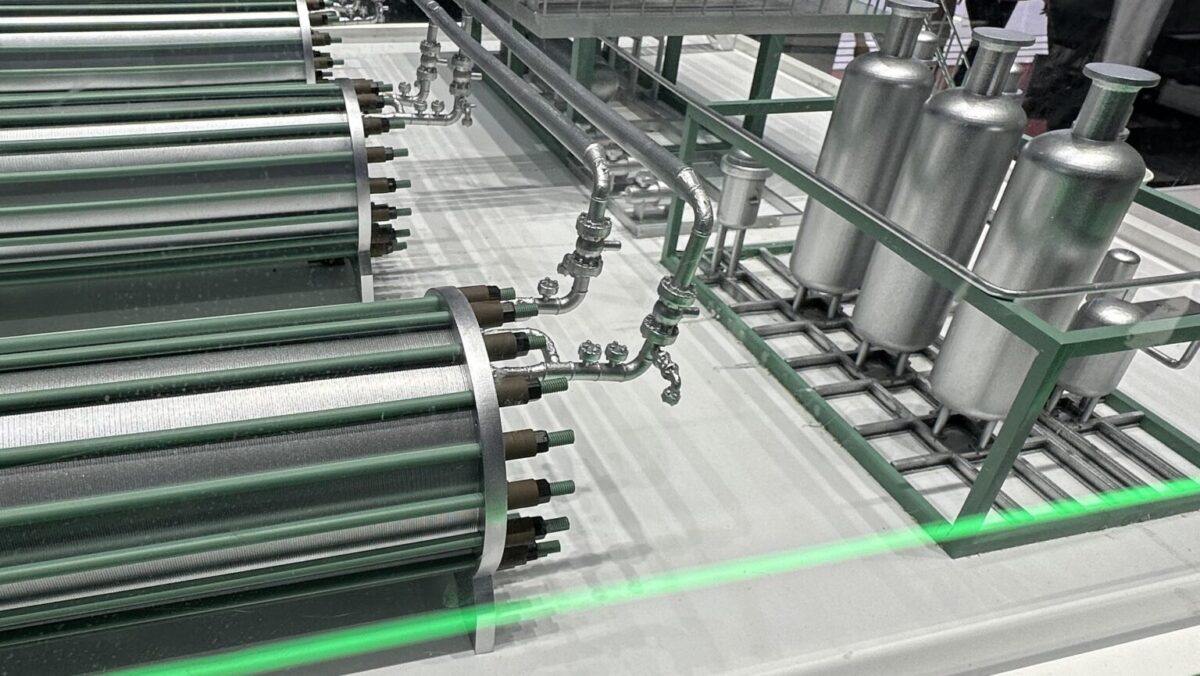The Oxford Institute for Energy Studies (OIES) said that the effectiveness of hydrogen as a sustainable solution largely depends on addressing the environmental challenges posed by hydrogen leakage throughout its supply chain. “As hydrogen reacts with hydroxyl radicals, it extends the atmospheric lifetime of methane, a potent greenhouse gas. Additionally, hydrogen leakage contributes to changes in tropospheric and stratospheric ozone, with possible repercussions for both human health and ecosystem stability,” said the energy research institute. “These indirect effects underline the need for comprehensive leakage mitigation to preserve hydrogen’s environmental benefits.” The OIES said containment materials and real-time monitoring systems are among the innovations required to reduce leakage. The institution also called for stringent regulatory standards and economic incentives for low-leakage technologies across production, storage, and distribution.
The Italian government has unveiled its national hydrogen strategy, projecting a modest role for hydrogen in the 2030 energy mix but emphasizing its long-term infrastructure potential. By 2050, scenarios estimate hydrogen demand between 75 TWh and 140 TWh. Investment projections vary, as a function of the scenarios: in case of 20% domestic production, €2 billion to €5 billion in electrolyzers and €10 billion to €20 billion in renewables (13 GW to 26 GW); in the case of 70% of hydrogen demand met with national production, €8 billion to €16 billion in electrolyzers and €35 billion to €70 billion in renewables (45 GW to 90 GW). Italy aims to position itself as a hydrogen transit hub, linking North Africa and the Arabian Peninsula to Europe.
Air Liquide said it will build, own, and operate a new hydrogen production unit at TotalEnergies’ La Mède site in Southern France, with a capacity of 25,000 tons per year. “It will enable the production of renewable hydrogen from recycled biogenic by-products from the TotalEnergies biorefinery, instead of using fossil hydrocarbons as feedstock. The renewable hydrogen produced will be used mainly by the biorefinery for the production of biofuels and Sustainable Air Fuels (SAF),” said Air Liquide, adding that the facility should be operational in 2028.
RIC Energy has obtained Environmental Authorization (AAI) for its H2-Valladolid green hydrogen project in the municipality of Arroyo de la Encomienda, Spain. “The H2-Valladolid project consists of a 10 MW green hydrogen production plant that will operate thanks to renewable electricity generated from two nearby photovoltaic plants also developed by RIC Energy and connected to the grid. The plant will be developed in two phases of 5 MW each and will have a maximum production capacity of 1,500 tons of hydrogen per year,” said the Spanish energy company, adding it is targeting local demand from the transportation and industrial sectors. However, the company did not report when it expects the facility to enter operation.
Axpo Nordic and Stegra have signed a power purchase agreement (PPA) to supply electricity to Stegra’s integrated green hydrogen, green iron and green steel production plant in Boden, Sweden. From 2027, Axpo Nordic will supply 2.25 TWh of electricity over three years to Stegra’s facility in Boden, northern Sweden.
This content is protected by copyright and may not be reused. If you want to cooperate with us and would like to reuse some of our content, please contact: editors@pv-magazine.com.








By submitting this form you agree to pv magazine using your data for the purposes of publishing your comment.
Your personal data will only be disclosed or otherwise transmitted to third parties for the purposes of spam filtering or if this is necessary for technical maintenance of the website. Any other transfer to third parties will not take place unless this is justified on the basis of applicable data protection regulations or if pv magazine is legally obliged to do so.
You may revoke this consent at any time with effect for the future, in which case your personal data will be deleted immediately. Otherwise, your data will be deleted if pv magazine has processed your request or the purpose of data storage is fulfilled.
Further information on data privacy can be found in our Data Protection Policy.